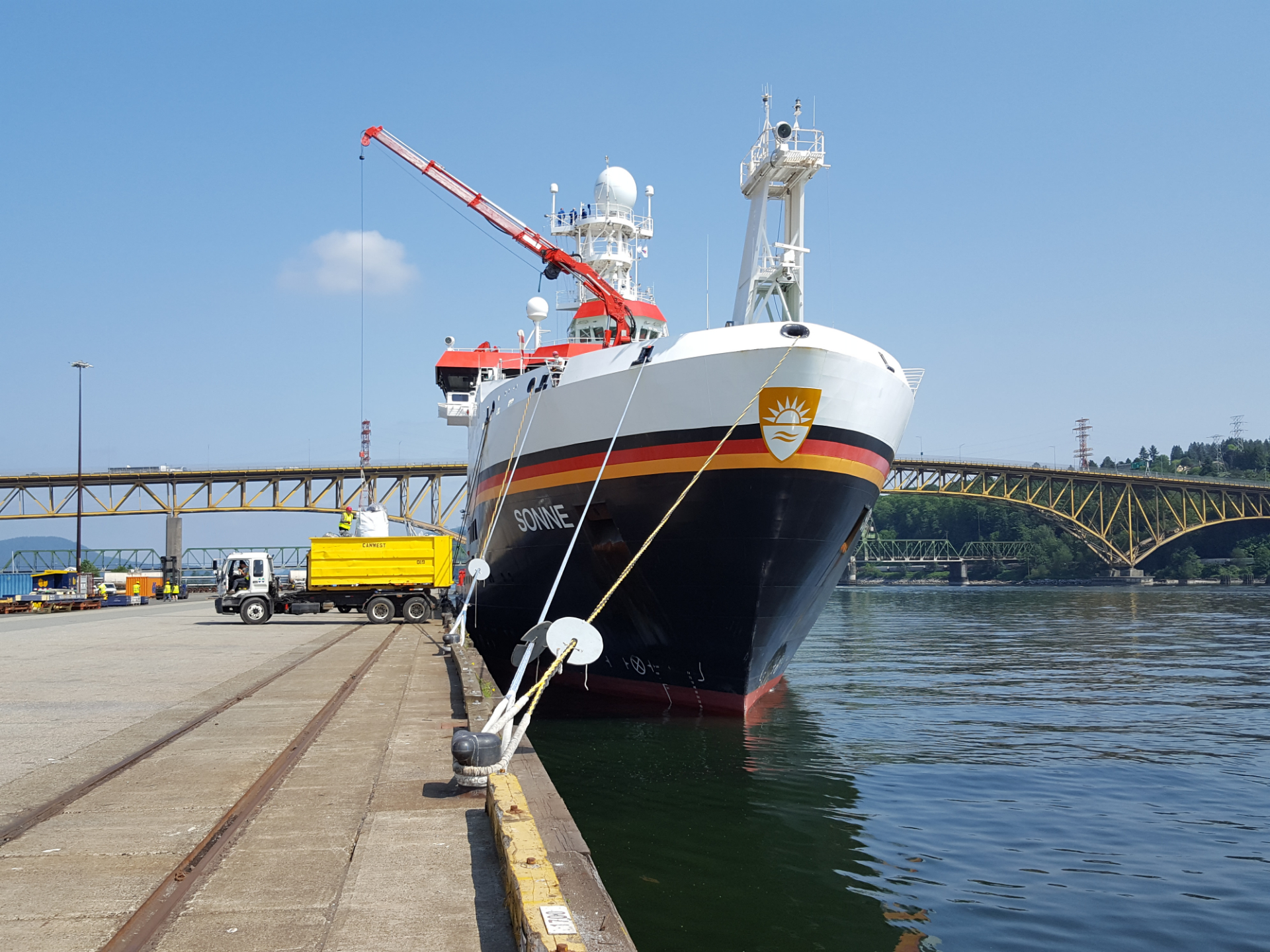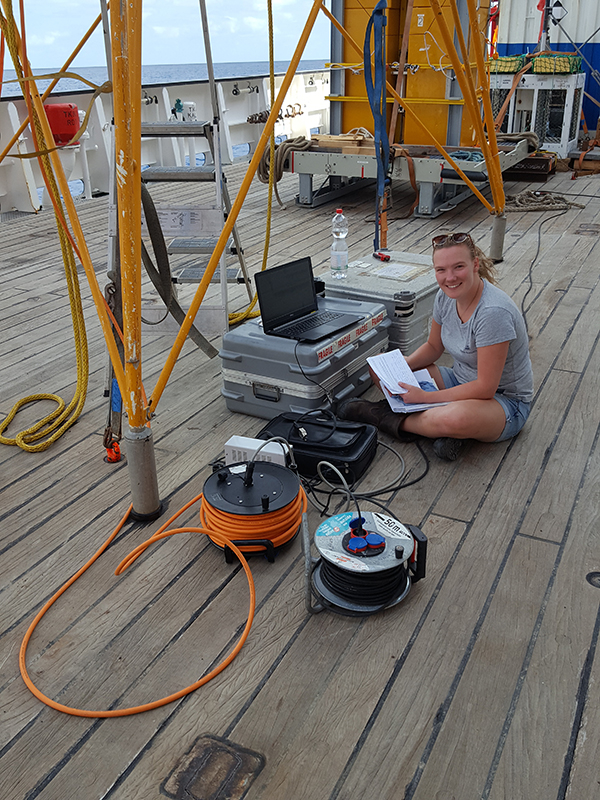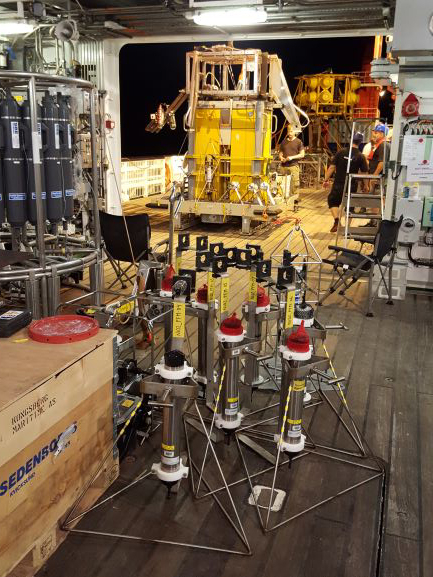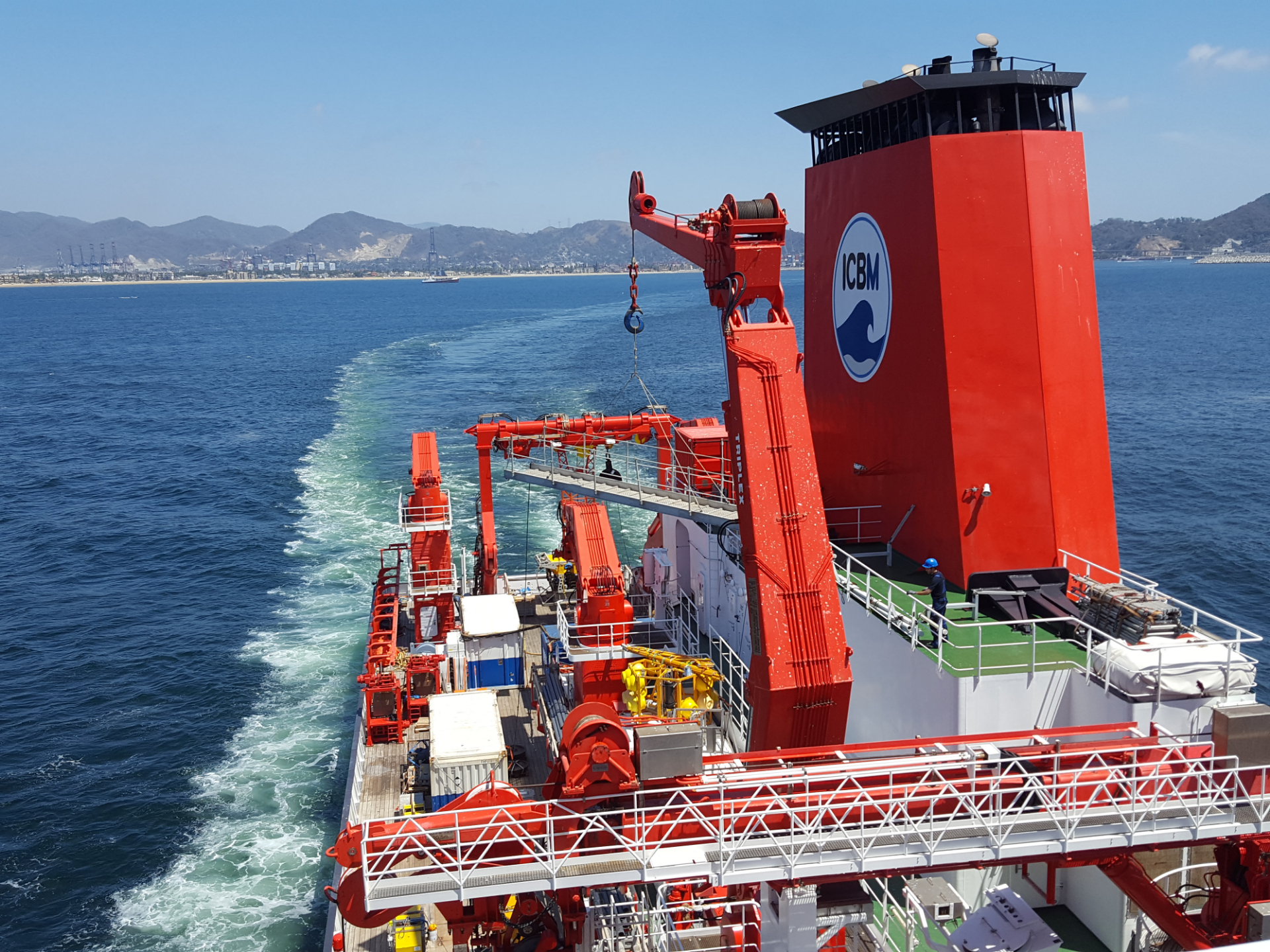
The Clarion-Clipperton Zone, located between the west coast of Mexico and Hawaii, is frontier area in a new gold rush, in which industrialized countries from around the world compete for the right to explore the ocean floor for metal-rich mineral deposits, with the objective to safeguard future supplies of raw materials for their national industries. In this part of the Pacific Ocean, thousands of square kilometers of seafloor in water depths between 4 and 6 km are paved with polymetallic nodules, cm-sized mineral concretions rich in iron, manganese, copper, nickel and cobalt. Especially the latter metal is in high demand, as a critical raw material for the manufacturing of among others high-capacity batteries powering electrical cars. Whilst a legislative framework for deep-sea mineral prospecting is under construction, and industries are developing technology to enable deep-sea mining, marine scientists and environmental ngo’s are expressing concerns that this new activity will inflict lasting and irreversible damage to hitherto pristine deep-sea ecosystems.
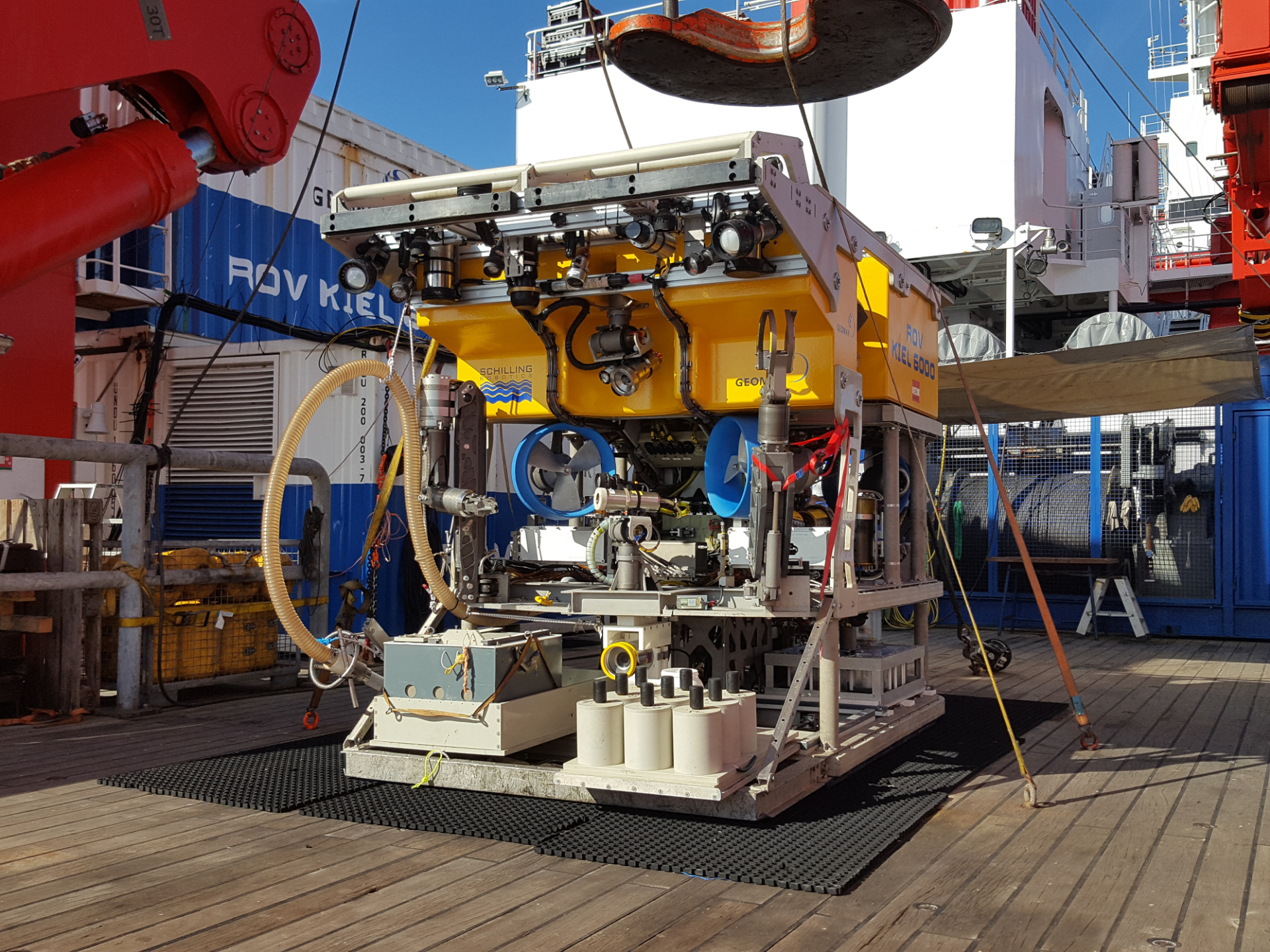
The expedition with RV Sonne, in which 16 different European research institutes participated, had the aim to find answers to important open questions regarding environmental impacts of deep-sea mining, such as the extent over which neighboring seabed areas will be impacted by plumes of suspended sediments produced during mining operations, the degree in which deep-sea biota will be affected by mining, and their potential for recovery from impact. The expedition on RV SONNE was carried out in the framework of MiningImpact, a multidisciplinary research project funded through JPI Oceans. The project consists of 30 partners from six European countries and is coordinated by Dr. Matthias Haeckel based at GEOMAR Helmholtz Centre for Ocean Research in Kiel, Germany.
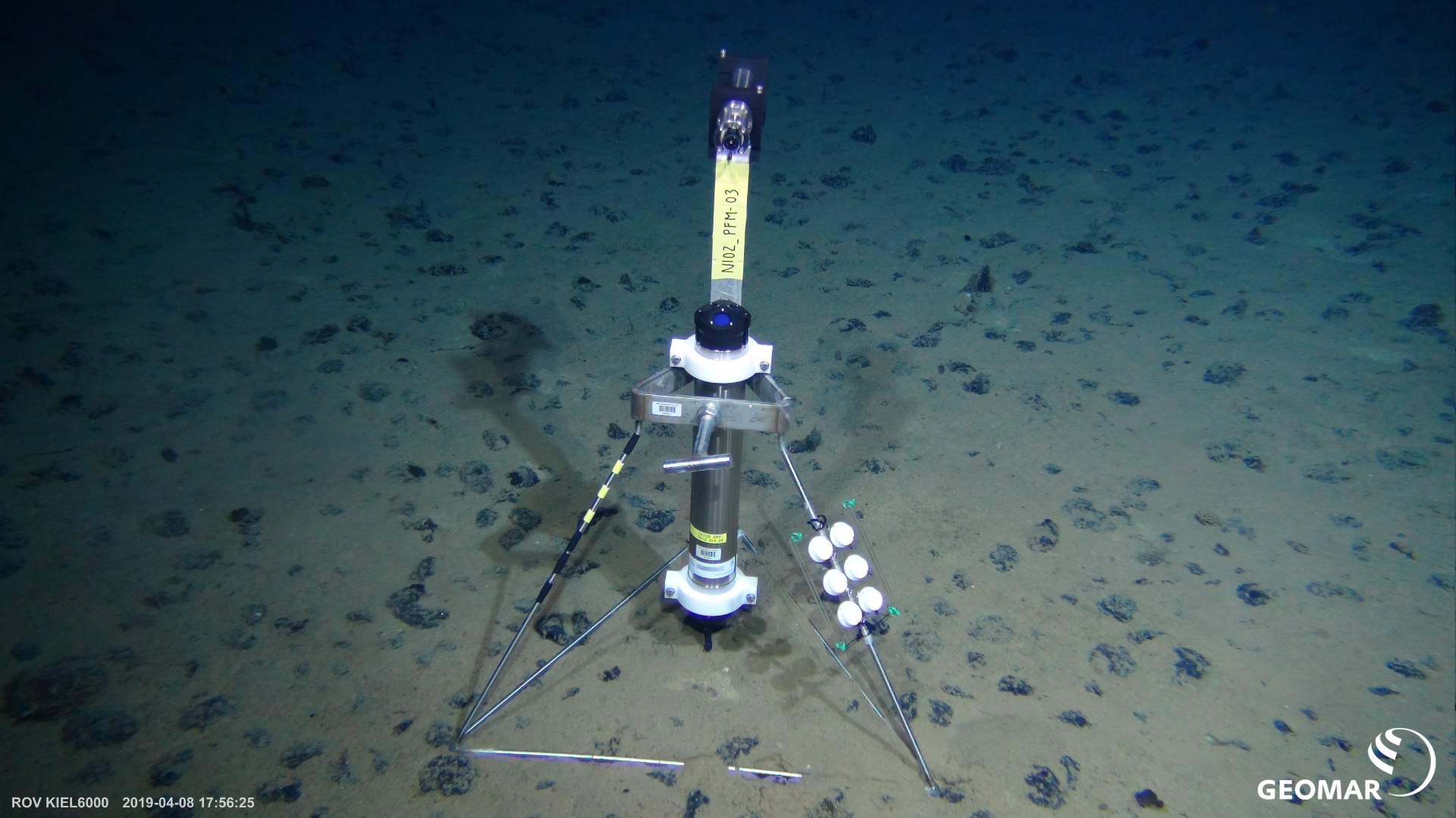
During the expedition, Henko de Stigter and Sabine Haalboom, together with researchers from several other institutes, set up an array of current meters and turbidity sensors on the deep-seabed with which the dispersion of an experimental sediment plume by bottom currents was monitored. Until now predictions on how far sediment plumes stirred up by deep-sea mining will spread out over neighboring areas are solely based on numerical models. The data collected in the field will be used to assess the validity of these numerical models.
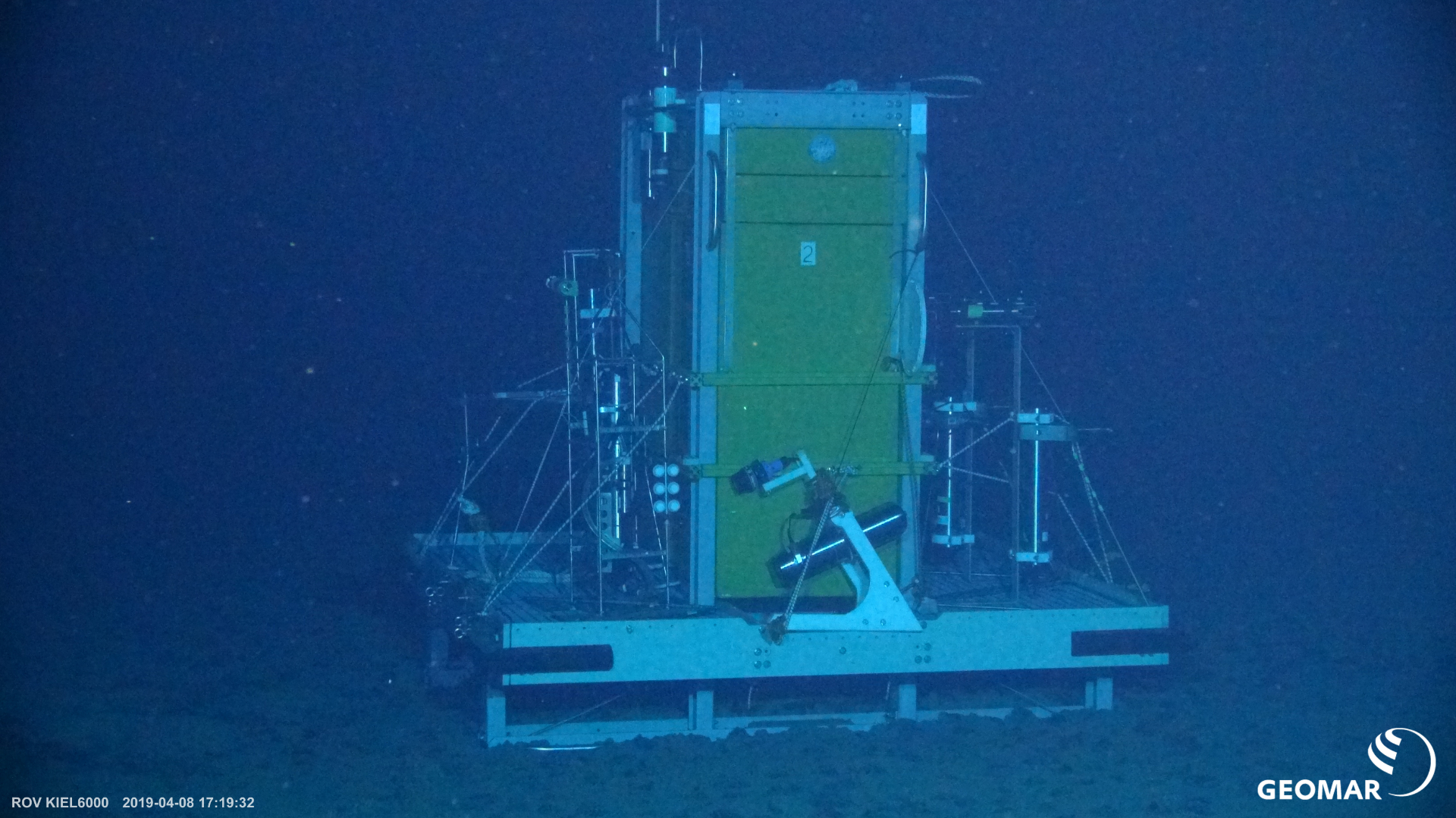
How the deep-sea fauna in areas affected by mining will cope with the mobilization and redistribution of sediments on a massive scale was the core question of research conducted by Tanja Stratmann. With help of the remotely operated vehicle ROV Kiel 6000 of GEOMAR she collected specimens of sponges and its associated fauna and sea-urchins for stable isotope analysis that will reveal their position in the deep-sea food web and dependency of various food sources.
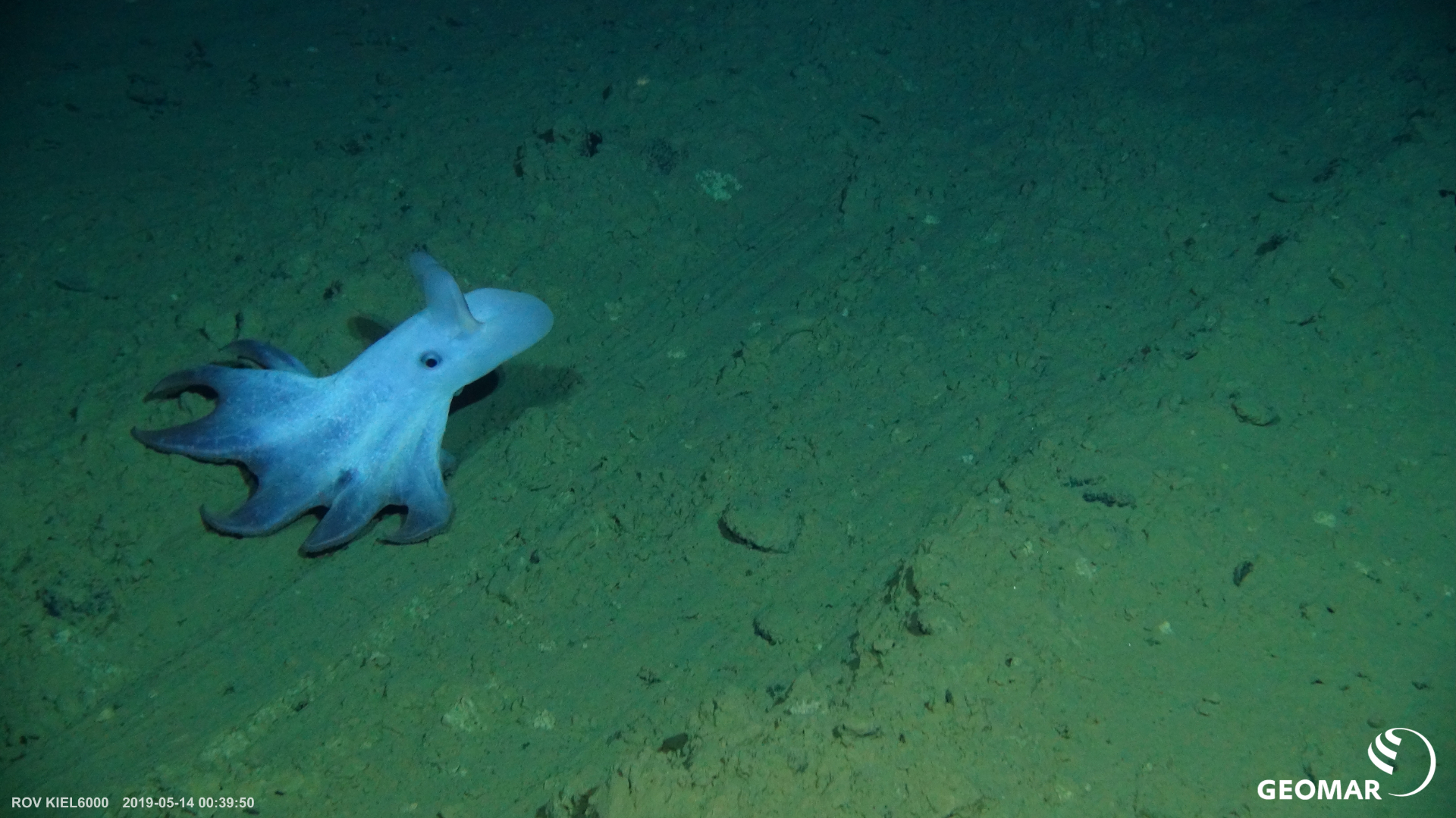
Coral Diaz Recio Lorenzo collected nodules, retrieved from the seabed by means of a boxcorer, to investigate the very small fauna that lives hidden in pores and crevices of these nodules, and that hitherto have been largely overlooked. She also supervised the deployment, again with the indispensable help of ROV Kiel 6000, of 50 frames carrying artificial nodules baked from clay. The intention of this research, initiated by Sabine Gollner, is to determine to what extent fauna that is typically found living attached to natural nodules is also able to colonize artificial nodules. If successful, this may open perspectives for mitigating the loss of natural nodule substrate caused by mining.
A first comprehensive review of the wealth of new data collected during the expedition will be presented during the MiningImpact2 project meeting that will be held in autumn this year in Aveiro, Portugal.
